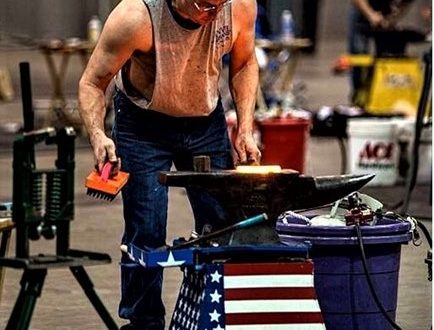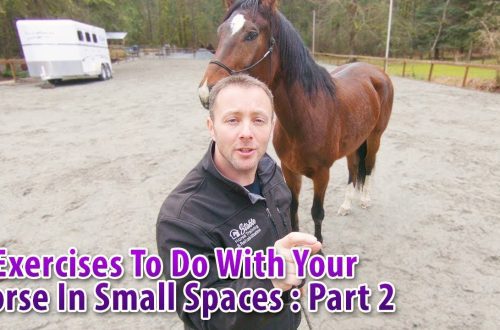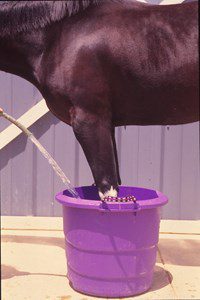
Kudu kelangan hooves - carane?
Kudu kelangan hooves - carane?
Unfortunately, horse owners have to deal with situations where the horse needs to cool its hooves. This happens in cases of laminitis, hoof injuries of various etymologies, with serious disorders of the digestive system, etc. With the duration and frequency of this procedure, your veterinarian will help you decide.
Yes, you can find special tools on sale that can make your task easier.
This is the boots:
And overlays:
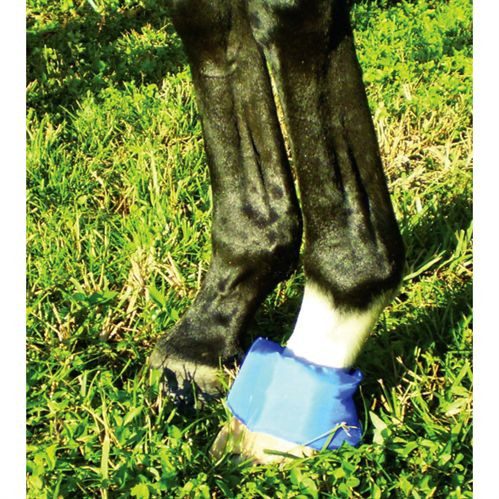
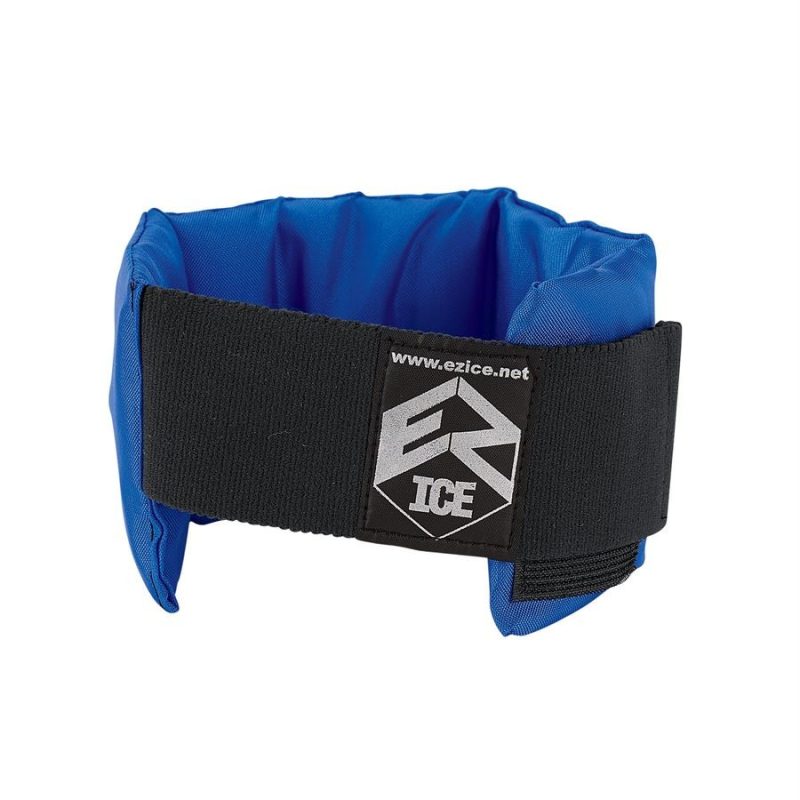
Pay attention to the principle of the “action” of the lining: it is filled with two layers of ice packs, which can be easily purchased at any supermarket today!
Why not an idea for personal “creativity”? If you need to make an analogue of such an overlay immediately, you can use the advice of the authors of the article on the website proequinegrooms.com. You will need gloves for performing rectal examinations of horses and ice cubes!
Tie knots at the bases of the “fingers”, fill the sleeve of the glove with ice and tie at the other end. Wrap the hoof. Using the toes and the knotted end, tie and secure the glove behind the heel so that the horse cannot pull his foot out of your device. Unfortunately, the gloves are quite thin and it is desirable to protect them from above with some material so that the horse does not tear them.
In order to make a cooling boot, tape can help you:
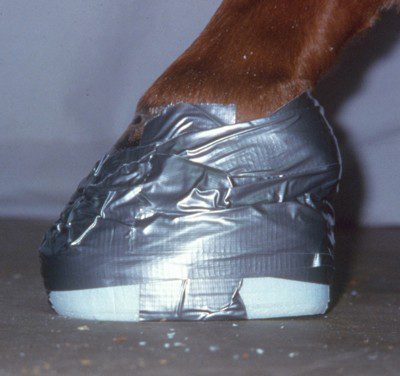
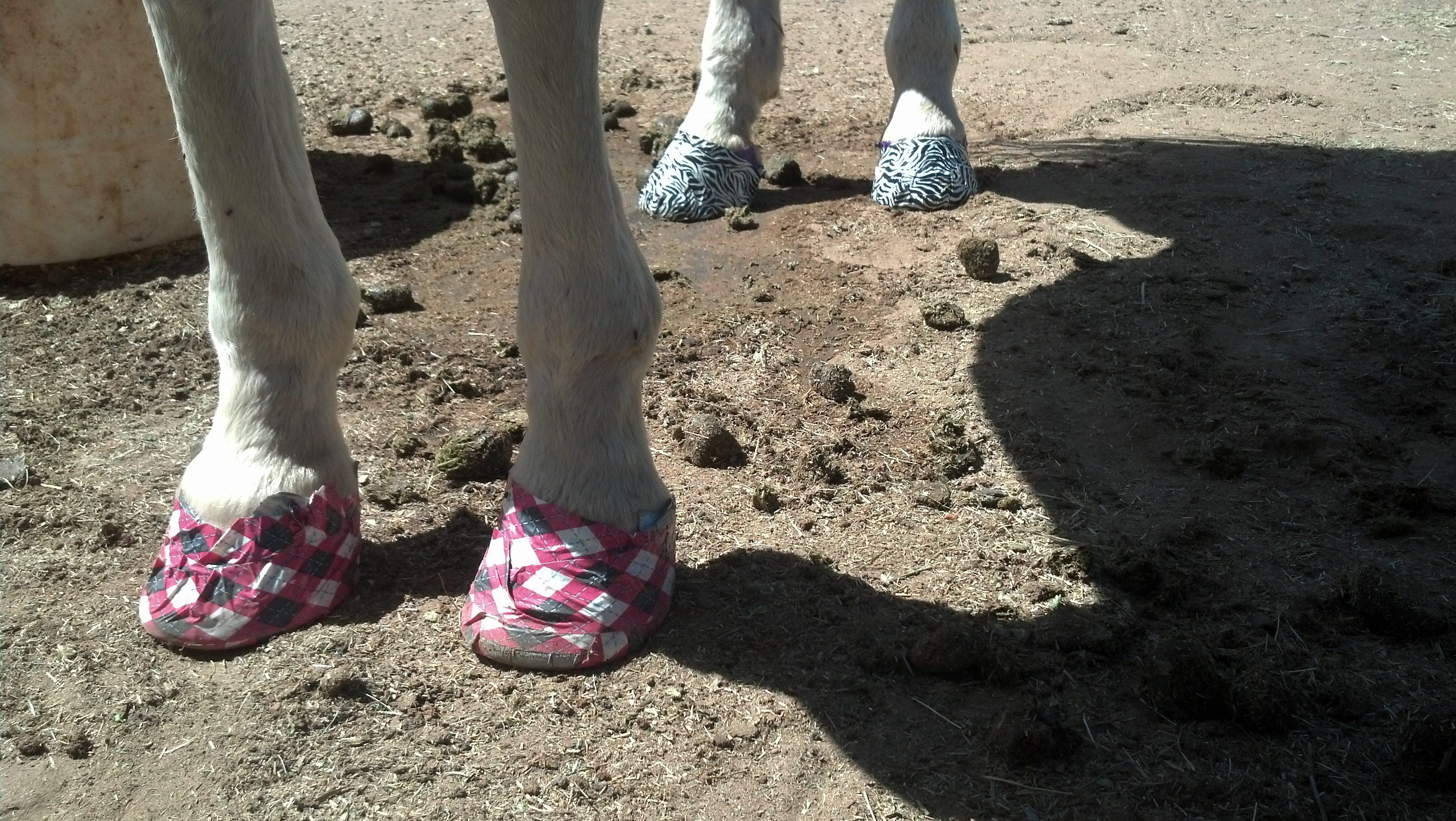
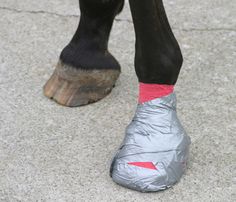
But, it would seem, the easiest way to cool – a bucket of ice – is not always unambiguous.
1. Not every horse will agree to spend 20 minutes (or more) with a foot in a bucket:
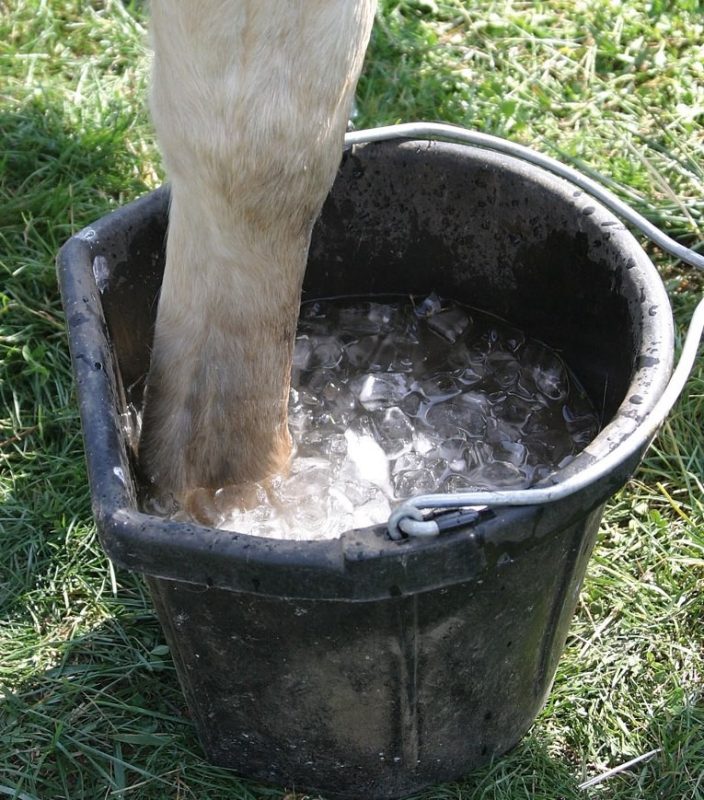
2. You need too much ice.
3. Such cooling can become almost impossible if all four legs need this procedure.
But here, of course, one cannot help but make a reservation: on the Internet, we found the following solution to this problem:
4. A horse “in buckets” should not be left unattended.
If you still choose this option for yourself, do not forget that first the hoof is placed in the bucket, and then the bucket is carefully filled with ice. Ask the helper to hold the horse so that it does not get nervous and does not try to escape. Use rubber buckets – they do not rattle and are not traumatic.
Valeria Smirnova, Maria Mitrofanova.



